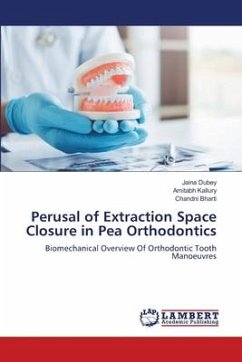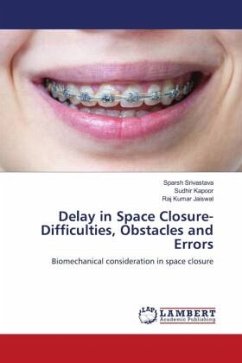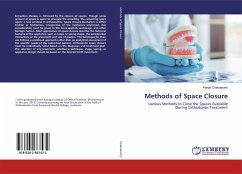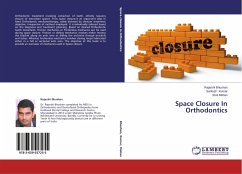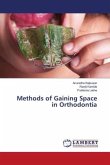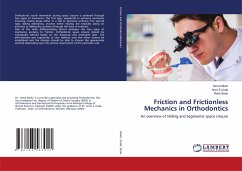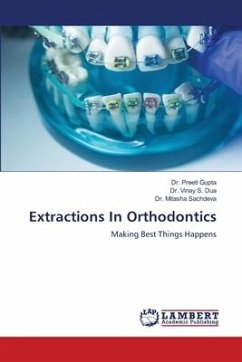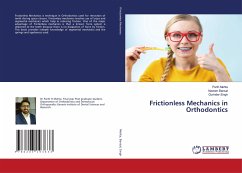Biomechanics is the most important aspect of the design of an orthodontic appliance. Tooth movement to close space is one of the most desired goals of orthodontic treatment. Orthodontic tooth movement is the result of the controlled application of mechanical forces to the teeth and periodontium. The stimulus provided by activated orthodontic appliances provides the necessary mechanical force to elicit a biological response. To carry out such movements, orthodontic tools should be chosen on the basis of the biological responses of the periodontium surrounding the teeth and their biomechanical properties as well as the appliances being used to move them. This book enables clinicians to determine anchorage and treatment options, reach the prognosis of various alternatives, as well as decide specific adjustments that can improve the outcomes of care. Therefore, in this book, we describe the biomechanics behind orthodontic space closure, related terminologies, different ways of space closure including tads.
Bitte wählen Sie Ihr Anliegen aus.
Rechnungen
Retourenschein anfordern
Bestellstatus
Storno

